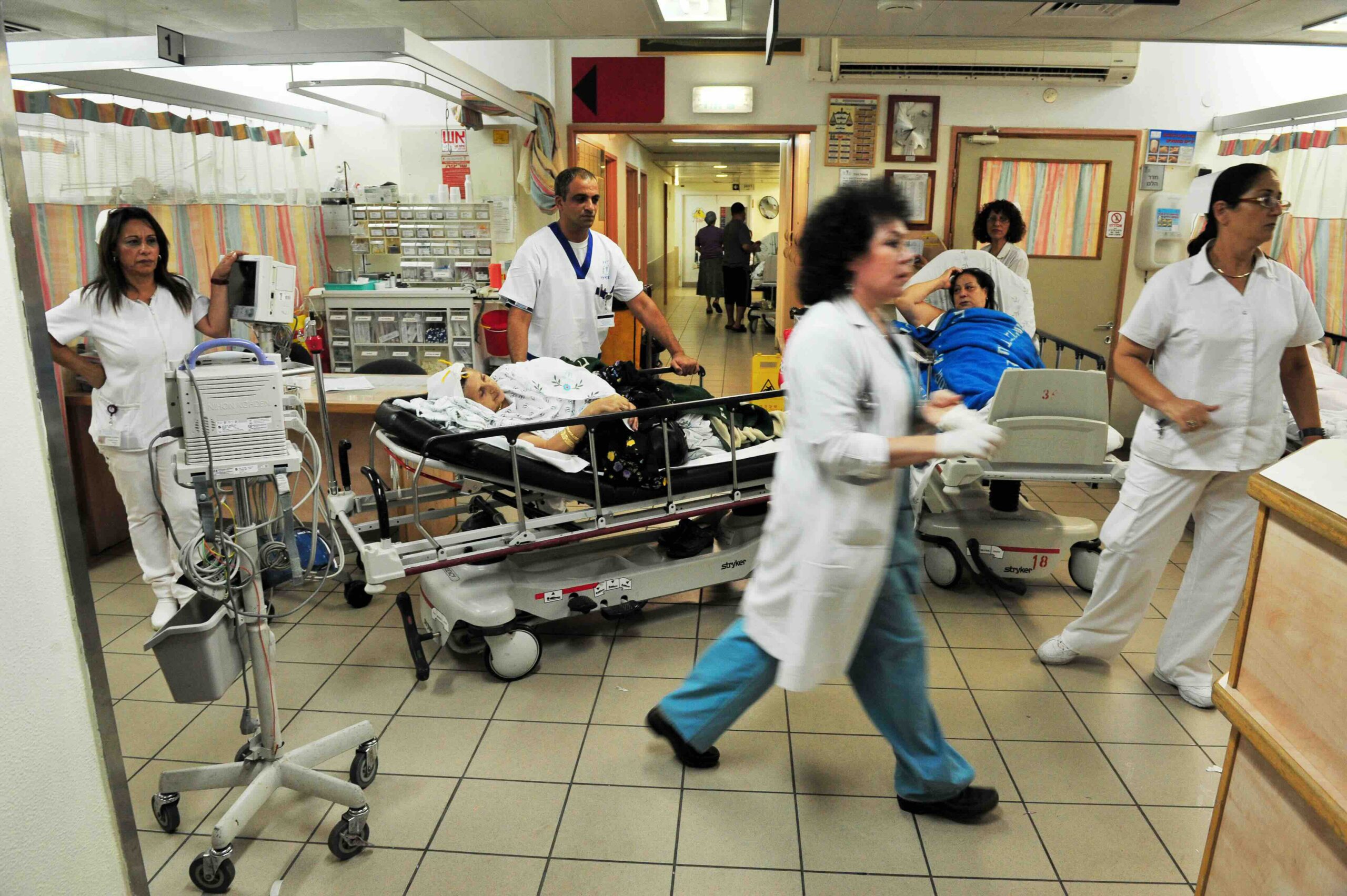The controversy surrounding Dr Kossmann at The Alfred Hospital’s Trauma Centre suggests that even experienced doctors sometimes disagree about whether to treat, or not to treat. These “life and death” decisions are often complex. So it is not surprising that Dr Kossmann’s colleagues might sometimes question his judgement, as might some members of the community.
Today, trauma specialists are forced to make unprecedented decisions about when to use life-saving technologies. They must make quick decisions about providing, or withholding, treatment that may, or may not, save a person’s life. They must also decide about the costs of saving an individual’s life. These are difficult decisions, often made more difficult by the noise, chaos and urgency of a trauma centre.
There are diverse views among health care professionals and consumers about whether an invasive treatment is justified or excessive. There is rarely a right or wrong answer. In many instances, conflicts can be resolved collaboratively at a patient’s bed-side. However, in the high pressure world of a busy trauma centre, “life and death” decisions are left almost entirely to the discretion of ‘the doctor in charge’.
Rather than wait for crisis reviews like those at the Alfred Hospital’s Trauma Centre, and the hullabaloo associated with finger pointing, decisions to provide, withhold or withdraw treatment require ongoing scrutiny by a team of health care professionals. These multidisciplinary reviews should be routine and shared openly with the public. In this way, we can all take some responsibility to ensure that life-saving technologies are used justly.
First published as a letter to The Age on 4 December 2008
